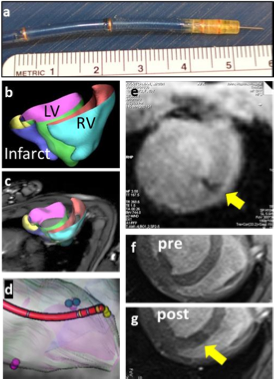VIN Topic Rounds
 Monday, August 30, 2021 at 01:00PM
Monday, August 30, 2021 at 01:00PM 
Are you missing out on clinical rotations because of COVID-19? The VIN Student Team has you covered with Tuesday Topic Rounds. During the month of August, join Anne Elizabeth Katherman, DVM, MS, DACVIM (Neurology) for 30 minute, case-based sessions every Tuesday at 12pm ET. Everyone and all levels of experience are welcome. There will be time for Q&A and discussion following. The next session is Diagnostic Imaging: What, How and Why on August 31, 2021 at 12 ET.
In this rounds:
- Radiographic positioning for spinal imaging
- Radiographic signs that support a diagnosis of Intervertebral disk disease
- Using CT, MRI, and Myelography to diagnose intervertebral disk disease
TO JOIN THE SESSION, LOG INTO THE VIN STUDENT CENTER AND CLICK THE GREEN BUTTON IN THE TOP RIGHT
The Veterinary Information Network (VIN) is here to help you as a vet student – especially during this worldwide pandemic. Membership is always free as a student!
 VIN,
VIN,  imaging,
imaging,  rounds in
rounds in  News,
News,  VIN Topic Rounds
VIN Topic Rounds 
